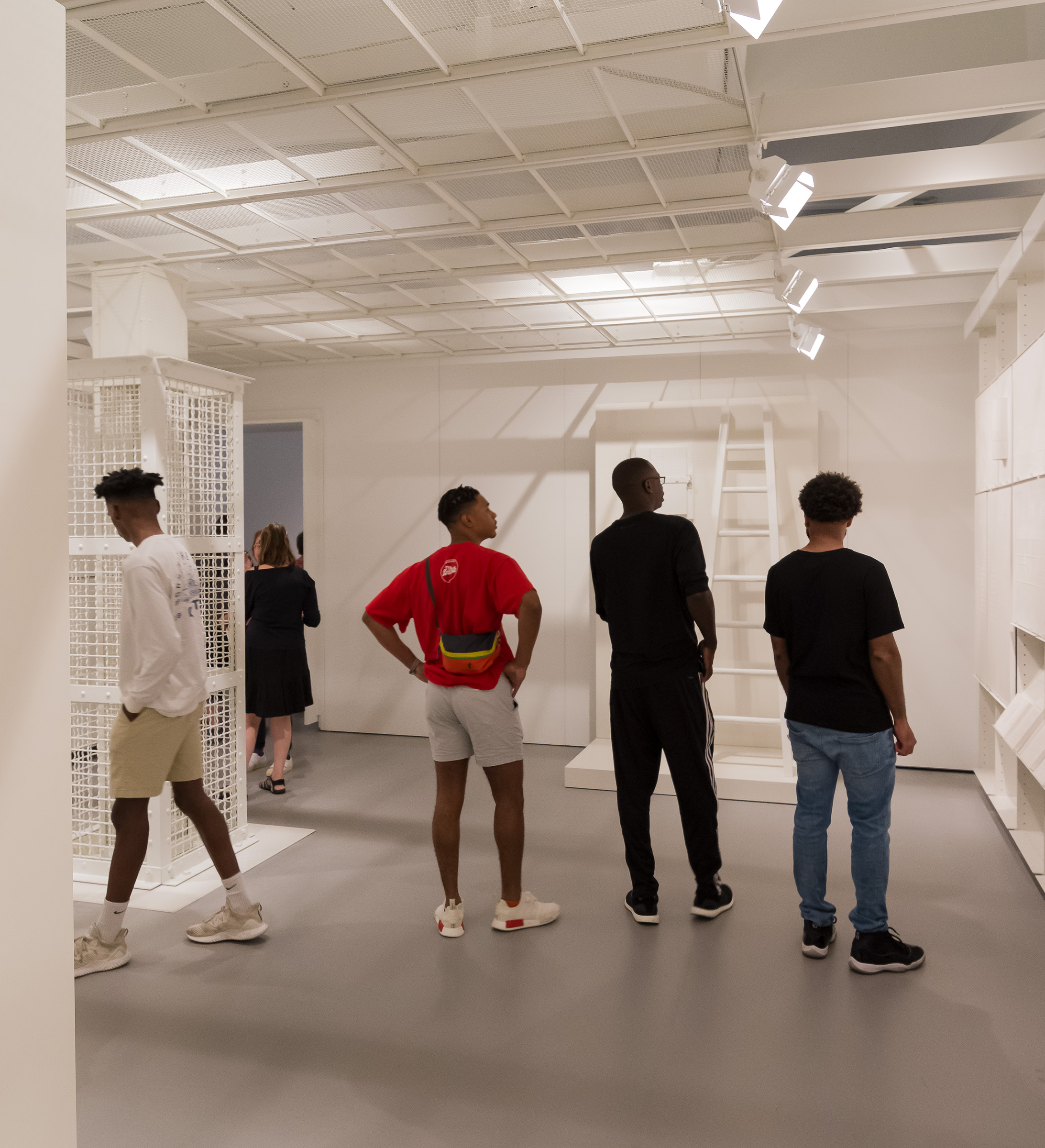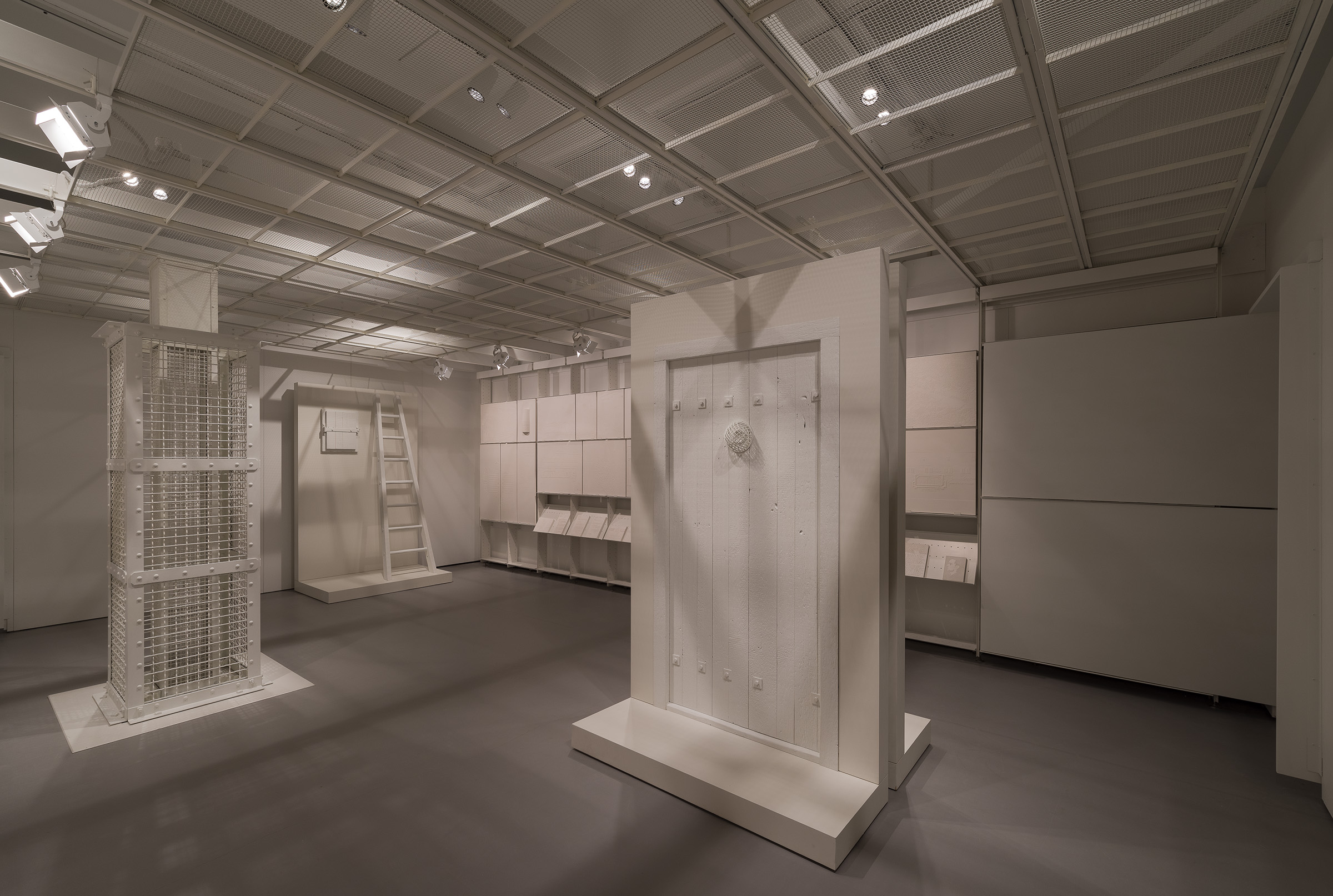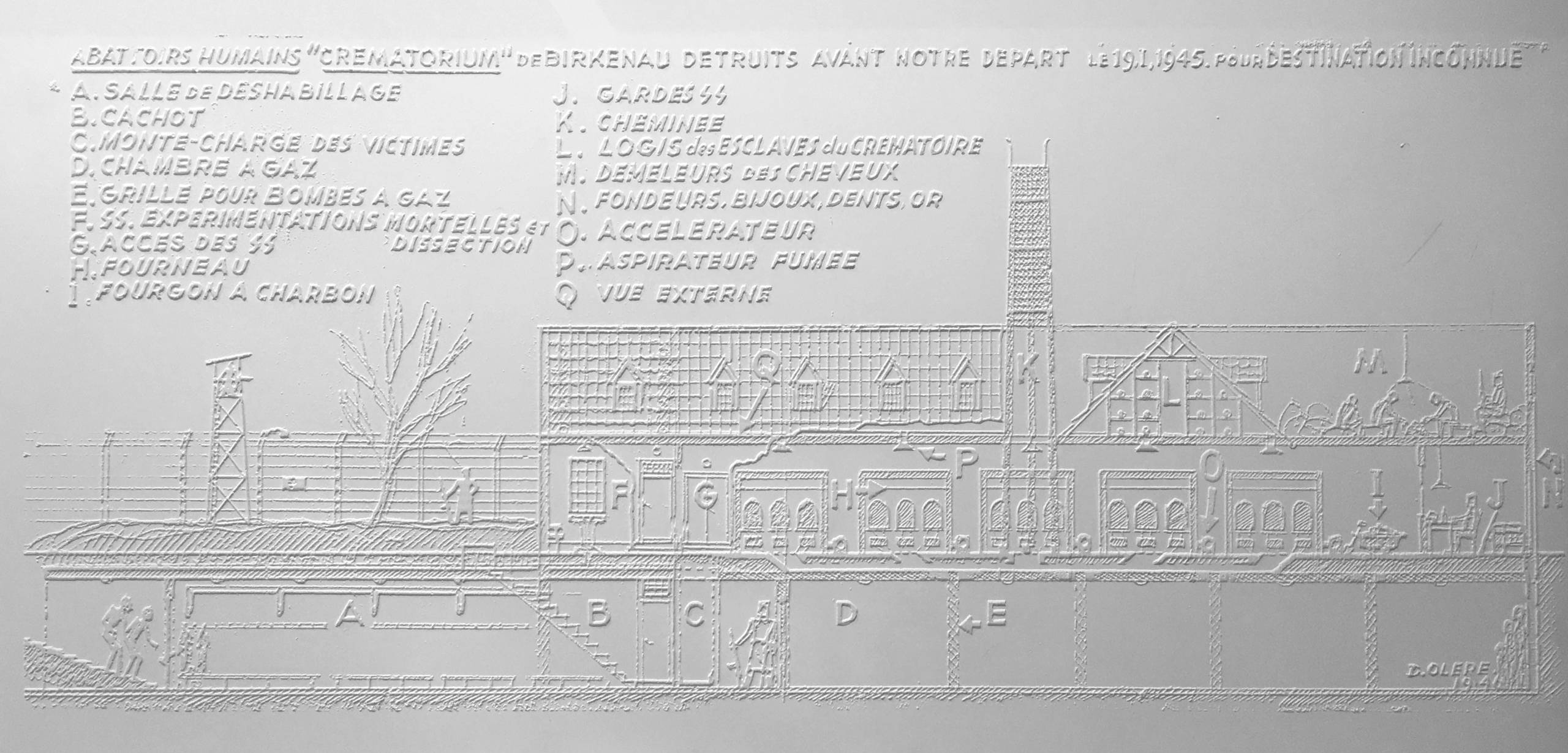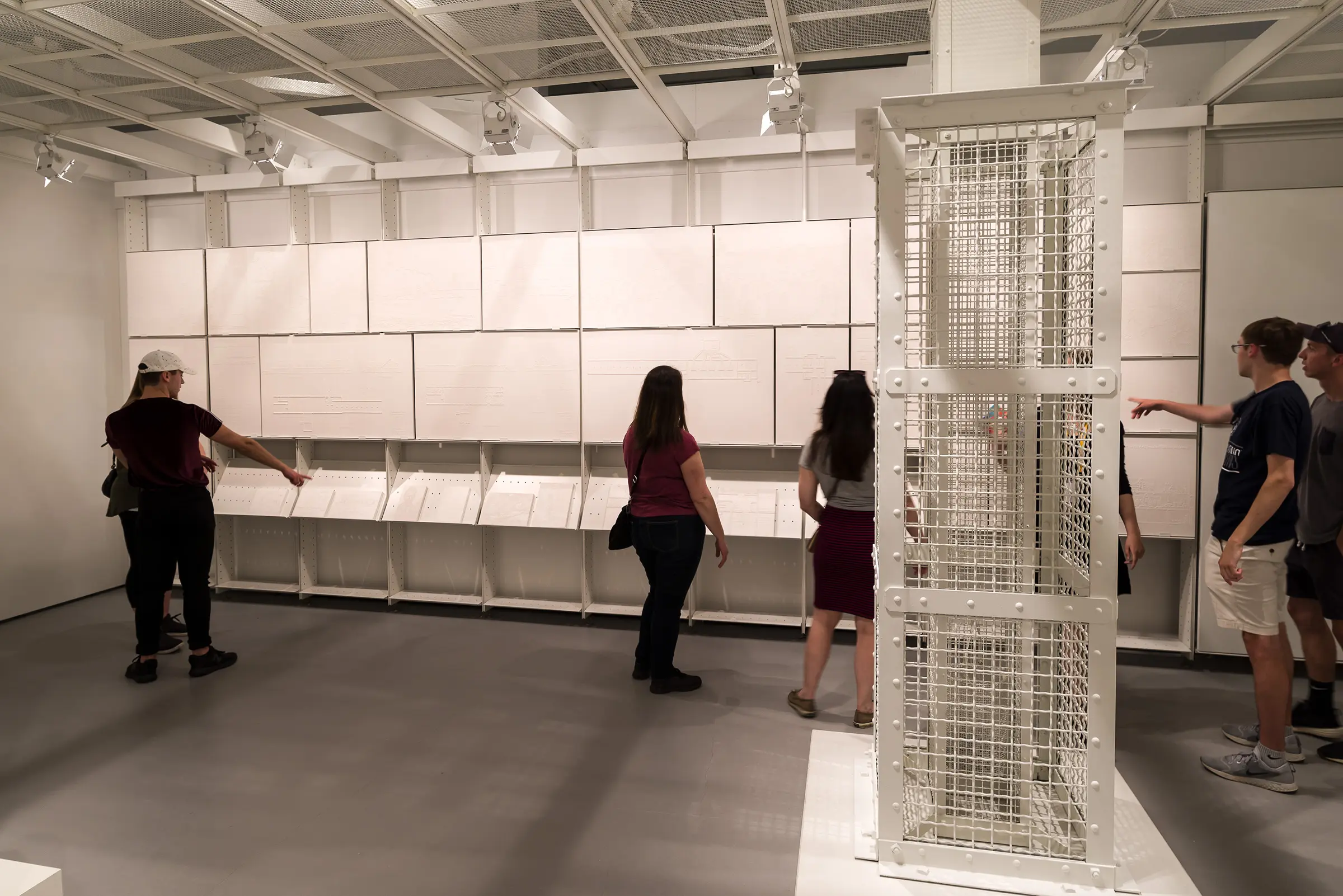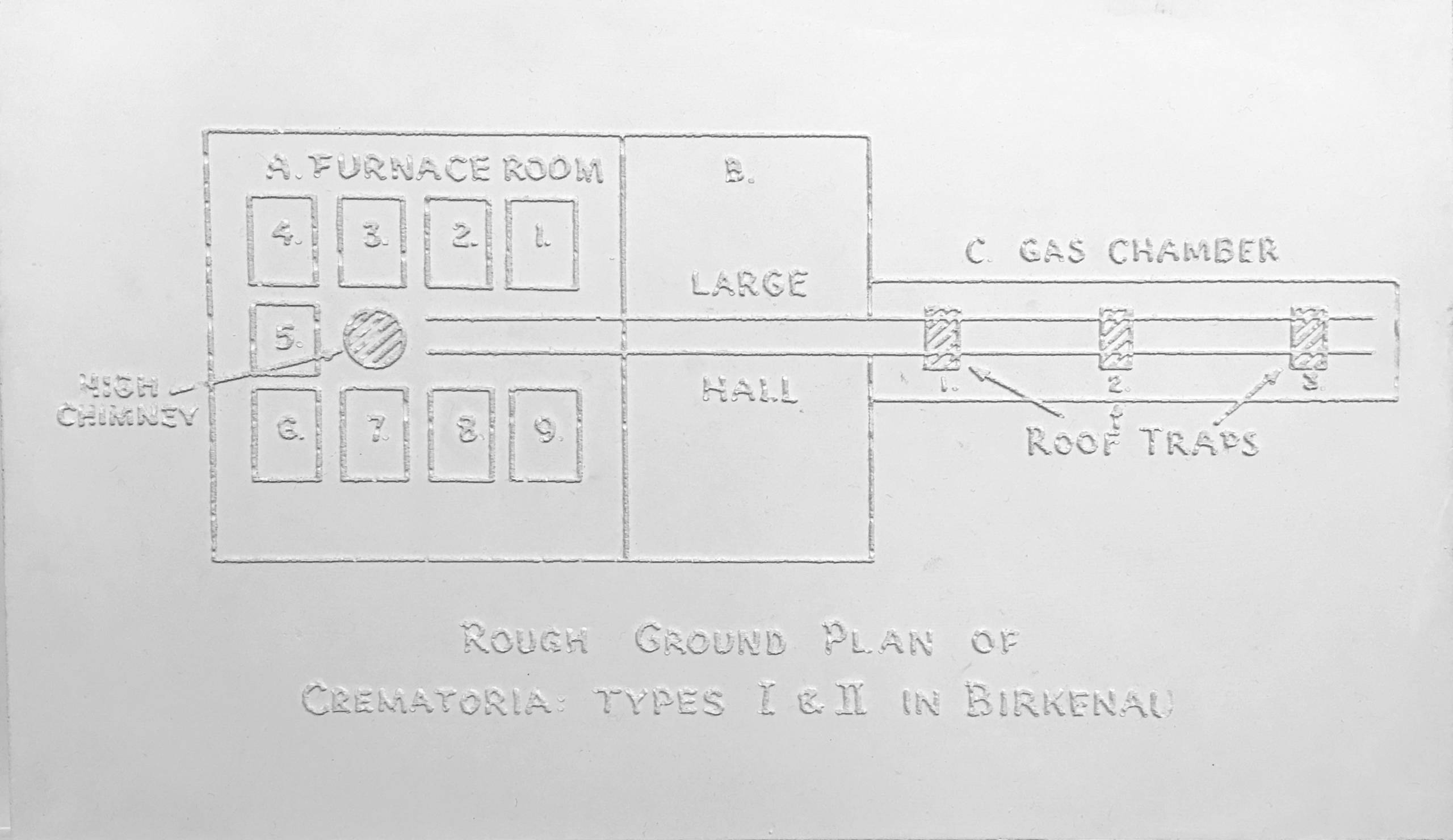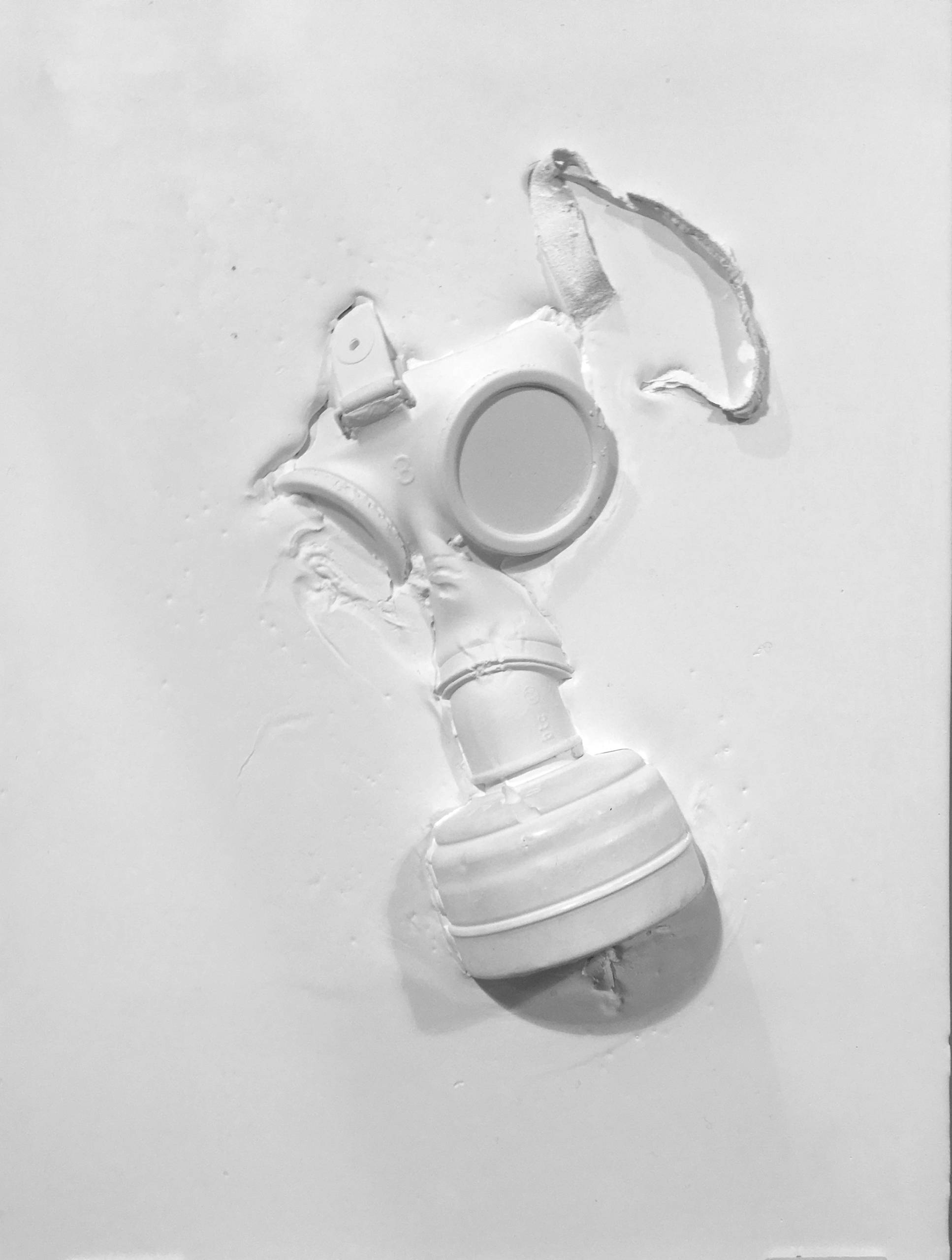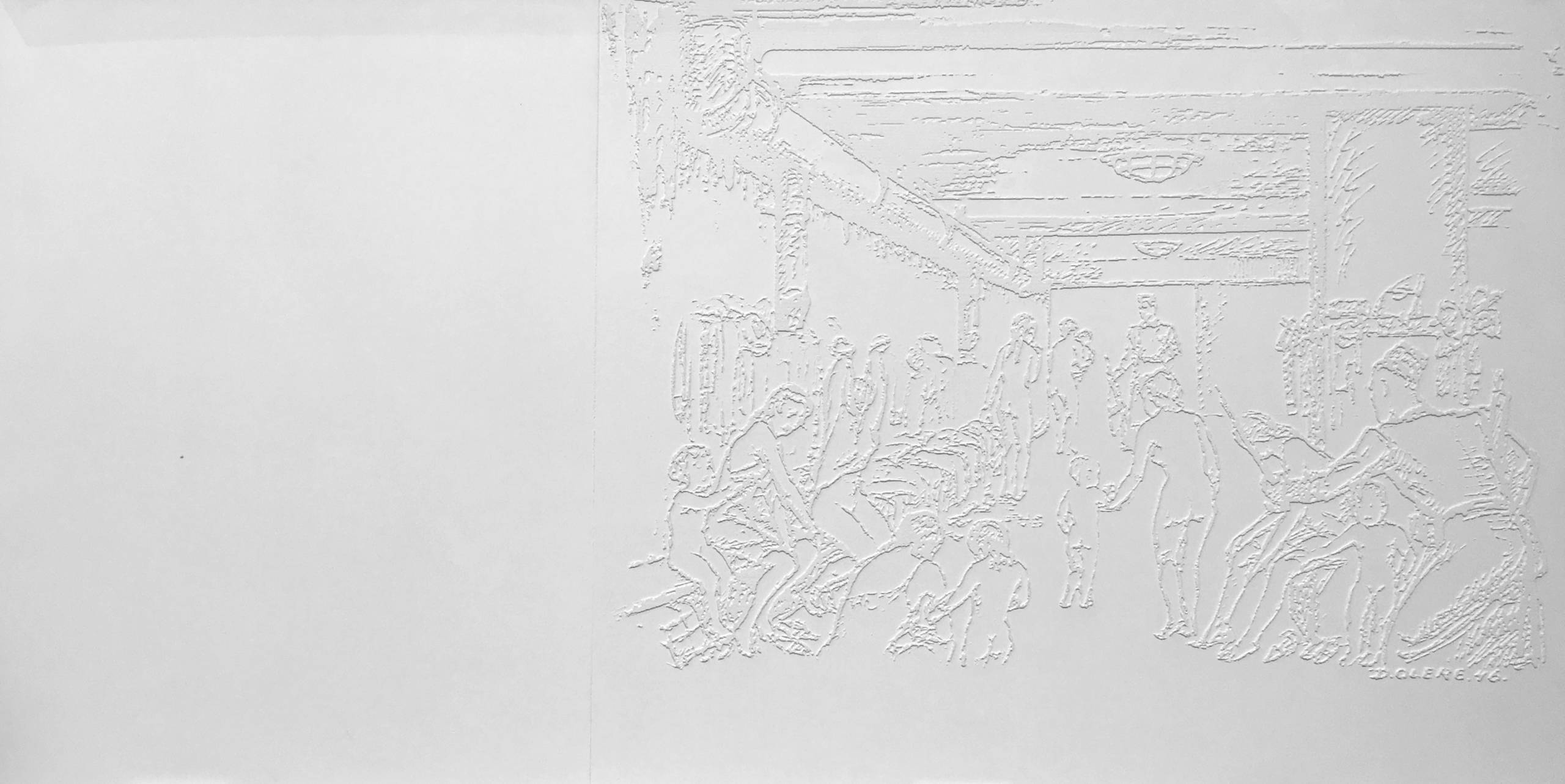The Evidence Room is an installation that gives visual testament to the atrocities of the Holocaust, drawing on architectural forensic evidence to focus attention on the architecture that made the Auschwitz concentration camp a systematic factory for mass murder. Piecing together information gleaned from blueprints, correspondence and photographs that substantiate eyewitness accounts, the project explores the role of architecture in history, addressing themes around ethics and truth.
The Evidence Room features three architectural reconstructions, 65 plaster casts that give sculptural form to evidence presented by architectural historian Robert Jan van Pelt in a landmark libel case in London in 2000. Thwarting Nazi attempts to destroy the proof of their crimes and post-war Holocaust denial, the evidence gathered traces the work done by German architects between 1941 and 1943 and points what van Pelt has referred to as the greatest crime ever committed by architects.
Stepping into the room, viewers are confronted by the full-scale reality of the gas chamber door, altered to hinge outward, the early model gas hatch through which Zyklon-B was thrown, and the gas column that allowed for the quick retrieval of the deadly gas, enabling more frequent use of the chamber. Lining the walls of the room are relief panels that fill in the narrative of the work by reproducing the key archival documents that were presented at trial. Coated in a ghostly white palette, the project is a space for contemplation and remembrance so that the horrors of the past are not forgotten.
The Evidence Room was commissioned by the Venice Architecture Biennale, curated by Chilean architect Alejandro Aravena. The project was designed and built by a team from the School of Architecture at the University of Waterloo in Ontario, Canada, that was led by van Pelt and architects Donald McKay and Anne Bordeleau, with architecture and design curator Sascha Hastings. This exhibition of The Evidence Room is organized by Chief Curator Dr. Josh Perelman in collaboration with The Evidence Room Foundation.
The exhibition at NMAJH is made possible, in part, by The David Berg Foundation, The Evidence Room Foundation, and Jane & Stuart Weitzman and Family. Additional support provided by the Philadelphia Holocaust Remembrance Foundation.
Images: Installation view of The Evidence Room at the Hirshhorn Museum and Sculpture Garden, 2019. Photo by William Andrews. Courtesy of The Evidence Room Foundation.
